Blog Posts Tagged Bioengineering

How to Model Heat and Moisture Transport in Porous Media with COMSOL®
Modeling the transport of heat and moisture in porous media, like building envelopes and other construction materials, is a simple process with a predefined Heat and Moisture Transport interface.
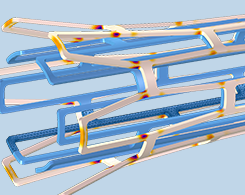
Finding an Accurate Model to Study Blood Flow Around a Stent
Biomedical example involving CFD simulation: In order to analyze the blood flow around an arterial stent, you need a fluid model that can describe blood’s non-Newtonian behavior.
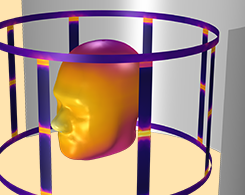
Designing and Optimizing MRI Birdcage Coils Using Simulation
An MRI birdcage coil should have an optimized magnetic field distribution around a patient’s head. Using RF simulation, we can design such biomedical systems.

Designing CSRR-Based Sensors to Monitor Chronic Kidney Disease
Chronic kidney disease can be effectively diagnosed, prevented, and treated through the use of noninvasive CSRR-based sensors. Researchers optimized the design of these sensors with simulation.
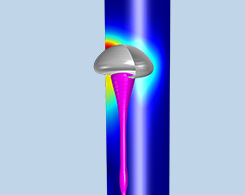
Preventing Bubble Entrapment in Microfluidic Devices Using Simulation
Microfluidic devices are no match for bubbles. In fact, if bubbles become trapped in a microfluidic device, it could malfunction. Veryst Engineering created a CFD model to study this process.
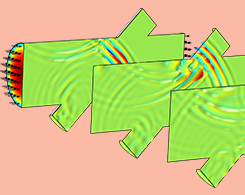
Using the Discontinuous Galerkin Method to Model Linear Ultrasound
You can easily model acoustically large problems, like linear ultrasound, with a predefined physics interface that uses a memory-efficient approach called the discontinuous Galerkin method.

Keynote Video: Combining First Principles Thinking and Modeling
Bernard McGarvey of Eli Lilly and Company discusses the combination of first principles thinking and modeling at the COMSOL Conference 2016 Boston.
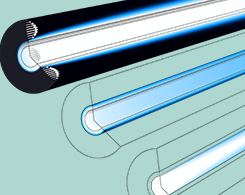
Study Contaminant Removal in Membrane Dialysis Devices with an App
We discuss treating renal failure with hemodialysis, analyzing contaminant concentration in a membrane dialysis device, and optimizing a membrane dialysis device with a numerical modeling app.
